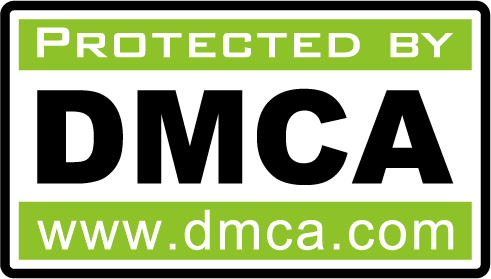Mounting and dismounting of bearings refers to the process of installing and removing bearings in machinery or equipment. Bearings are crucial components that support rotating shafts and reduce friction between moving parts, enabling smooth operation and efficient power transmission. Proper mounting and dismounting procedures are essential to ensure the longevity and optimal performance of bearings.
When mounting a bearing, it is important to follow specific steps to prevent damage and ensure correct alignment. The process generally involves the following steps:
Preparation: Before mounting a bearing, it is crucial to ensure that all necessary tools and equipment are available. This includes appropriate lubricants, mounting tools, and cleaning materials. Additionally, the work area should be clean and free from any contaminants that could affect the bearing’s performance.
Inspection: Prior to mounting, carefully inspect the bearing for any signs of damage or wear. This includes checking for cracks, dents, or excessive wear on the rolling elements or raceways. If any issues are detected, the bearing should not be used and should be replaced.
Cleanliness: Cleanliness is critical during the mounting process to prevent contamination of the bearing or the surrounding components. Ensure that both the bearing and the mounting surfaces are clean and free from dirt, dust, or any other foreign particles.
Lubrication: Proper lubrication is essential for reducing friction and preventing premature wear of the bearing. Apply an appropriate amount of lubricant to the bearing’s rolling elements and raceways before mounting.
Alignment: Correct alignment is crucial for ensuring proper load distribution and preventing excessive stress on the bearing. Follow manufacturer guidelines or use alignment tools to align the bearing correctly with its mating components.
Mounting: Carefully position the bearing onto its designated housing or shaft by applying even pressure to avoid tilting or skewing. Utilize suitable mounting tools such as impact fitting tools, hydraulic nuts, or mechanical pullers to facilitate the process. Avoid striking the bearing directly with hammers or other tools as this can cause damage.
Verification: After mounting, verify that the bearing is properly seated and aligned by checking for any abnormal noise or excessive play. Additionally, ensure that the bearing rotates smoothly without any restrictions.
When it comes to dismounting bearings, it is equally important to follow proper procedures to avoid damage to the bearing or surrounding components. The process generally involves the following steps:
Preparation: As with mounting, ensure that all necessary tools and equipment are available for dismounting the bearing. This may include pullers, heating devices, or induction heaters depending on the type of bearing and its mounting arrangement.
Safety precautions: Before starting the dismounting process, take necessary safety precautions such as wearing appropriate personal protective equipment (PPE) and ensuring that the machinery is properly isolated and de-energized.
Loosening: If the bearing is tightly fitted, apply suitable techniques such as heating or using a puller to loosen it from its housing or shaft. Care should be taken to avoid applying excessive force that could cause damage.
Extraction: Once loosened, carefully extract the bearing from its housing or shaft using appropriate tools or techniques. Avoid using excessive force or striking the bearing directly as this can lead to irreparable damage.
Inspection: After dismounting, inspect the bearing for any signs of damage or wear. This includes checking for pitting, cracks, or abnormal wear patterns. If any issues are detected, consider replacing the bearing before reinstallation.
Cleaning: Thoroughly clean both the dismounted bearing and its mating surfaces to remove any dirt, debris, or old lubricant residue.
Storage: If the bearing is not immediately reinstalled, store it in a clean and dry environment to prevent contamination or damage.
It is important to note that the specific mounting and dismounting procedures may vary depending on the type of bearing, its size, and the machinery or equipment in which it is being installed. Manufacturers often provide detailed instructions and guidelines for mounting and dismounting their bearings, which should be followed for optimal results.










